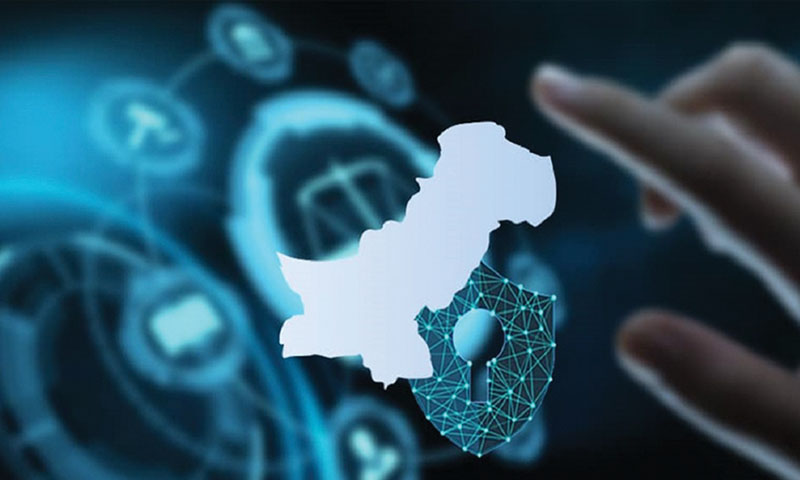Engineering Post’s Report
Information and Communication Technology (ICT) lately has assumed a central enabling role in the emerging dynamics of a digital economy and consequently a knowledge society.
Modernizing and harmonizing digital policies, improving digital infrastructure and reducing barriers to accessing new markets, making provisions for the creation of new opportunities that could produce high-value services, products and activities.
Pakistan was included in the recently launched Digital FDI Initiative by the Digital Cooperation Organization, which quite obviously showed the potential available in the IT industry of the country to expand rapidly.
Pakistan has population of around 70 percent under the age of 30. This demographic dividend of an abundant young human resource can apparently be made valuable for making a Digital Pakistan if they are duly and properly trained and skilled for using the emerging digital and informational technologies.
Currently in the domestic IT industry, there are more than 19000 IT companies and call centers across 160 cities of Pakistan, Most of these are micro and small enterprises. Besides, about one million Pakistani freelancers were working intermittently or actively, making Pakistan ranked number four in the freelancers’ workforce size in the world.
In the global digital landscape, Pakistan was still far behind even when compared to the regional economies. Despite tremendous growth in the pat decade, the domestic IT industry was estimated to have a market size of about US 4 4 billion, out of which about US $ 2.3 billion was coming through software exports. This contribution as such amounts only to 1.5 percent of the total nominal Gross Domestic Product (GDP) of the country, whereas in comparison India’s IT industry was contributing about US 4 200 million approximately to its national economy which was about 10 percent of India’s GDP. As such quite obviously, multifarious challenges were needed to be addressed with the right interventions holistically for ensuring much desired rapid growth in the IT sector.
The Digital Pakistan initiative as such could help in laying a strong foundation for public service delivery. Additionally, Pakistan also needs to improve its connectivity infrastructure, especially broadband access as well as in making concerted efforts in talent adaptability to spur the development of innovative products and services using ICTs, thus enabling inclusively of all segment s of the society.
Despite the stress on the national economy , the federal government was well aware of the potential of ICT and the important role it can play in the country’s financial revival. In this regard, according to the information available from the official sources concerned, the federal government was sincerely striving for developing a nurturing environment for the development of ICT throughout Pakistan and in the process enabling ICT for making it an important contributor to the national economy.
As part of its Digital Pakistan initiative, the government strongly believed in the mass adoption of emerging digital technologies and innovative applications for enabling cross-sector socio-economic development and transformation of economic development goals. As such, Digital Pakistan initiative thus aimed to creating a digital ecosystem with infrastructure frameworks for the rapid delivery of innovative digital services, applications and content. Overall, this would improve the citizens quality of life and economic well-being by ensuring the availability of accessible, affordable, reliable, universal and high-quality ICT services.
Furthermore, as a matter of rather bitter fact, in various global rankings and indices, Pakistan ranks very low. In the United Nations E-Government Development Index (EGDI) for 2022, Pakistan ranked as low as 150th out of 193 countries, which was however an improvement over the EGDI 2020 by 3 positions/ranks.
World Economic Forum’s Networked Readiness Index (NRI) measures the degree of readiness of a country to exploit the opportunities offered by ICT. In the NRI Index 2022, Pakistan ranked 89th out of 131 economies measured.
In the AT Kearney Global Location Service Index (GLSI) of 2021, which assesses countries’ capacity to deliver services, Pakistan ranked 31st out of 50 economies whereas India topped the rank, followed by China, Malaysia and Indonesia. The main reason for the lower ranking in GLSI was the inadequate availability of the skilled people in the market despite good financial attractiveness.






